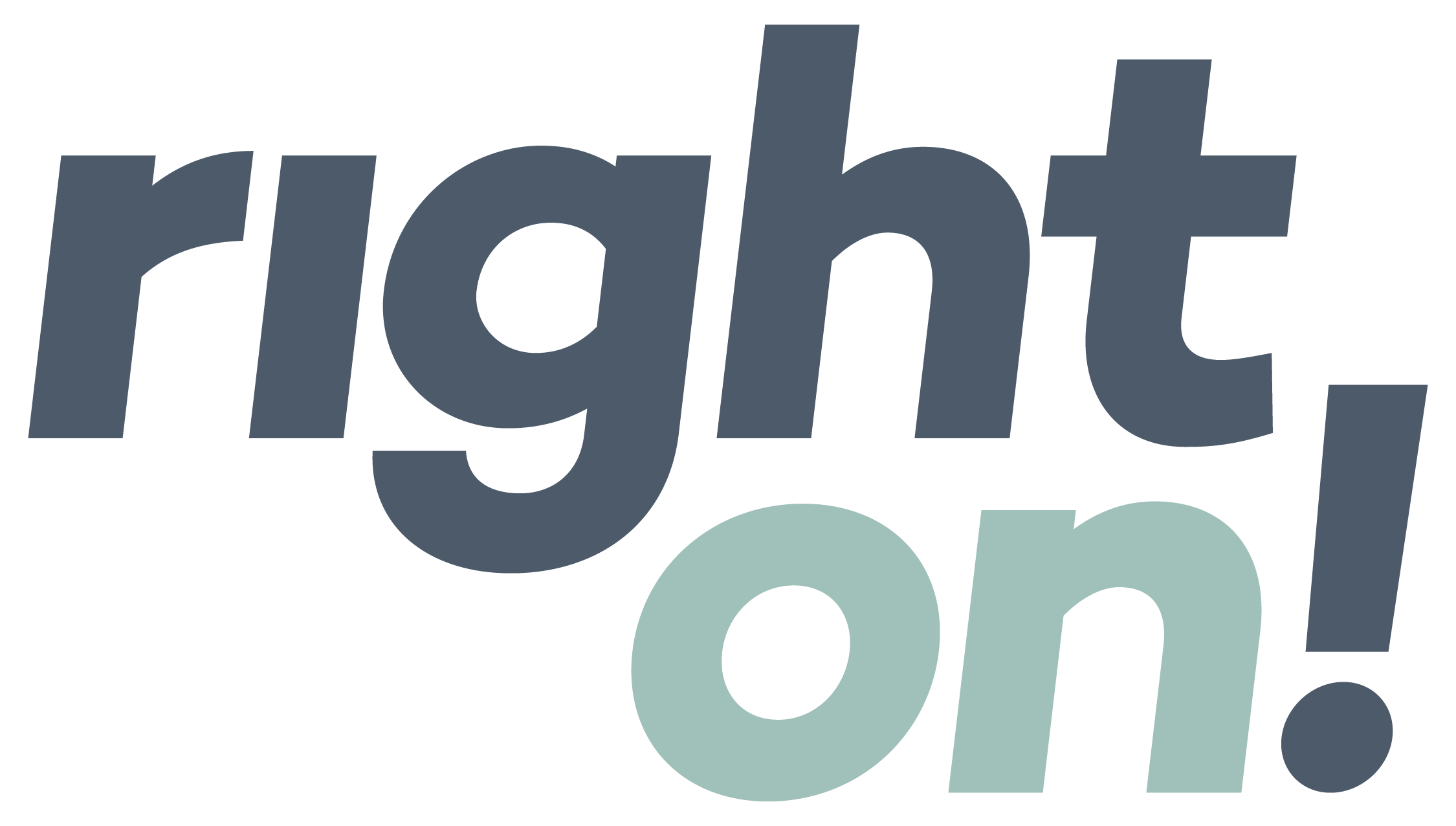
The anti-DEI sharks are circling. But they’re toothless.
A thing I’ve noticed about outrage culture is its fleeting nature. It follows the same ol’ hype cycle—a shiny new injustice this week is next week’s cast off. But in its wake is a garbage dump of division, confusion, and exhaustion. A few years ago, it was the anti-ESG movement (that I wrote about here). And following the Supreme Court’s affirmative action take down, here come the anti-DEI sharks.
Institutions like higher education and governments are at the center of the attack, but corporations are getting in on the (re)action too, with some backpedaling on DEI. Why? Most likely because they rolled out these programs as a response to a moment rather than considering how DEI was linked to the purpose and vision of their companies. When the rhetoric ramped up, it was easy to pull the plug.
This got me thinking (and researching) how we arrived at this moment and how organizations approached DEI in the first place. One thing is clear: when inclusion, diversity, equity, and belonging programs are embedded in a company’s values, it’s not so easy to pivot. That’s because the “program” is the company. An article from MIT Sloan Management Review, Countering the Corporate Diversity Backlash, noted the fallacy in creating any kind of DEI program without the infrastructure to support it: “companies added positions focused on DEI to demonstrate their intentions to tackle injustice, without transforming in ways that would support long-term organizational changes.”
The piece goes on to assert that being reactive or tentative creates vulnerability. One-off diversity training, unsupported new hires, or flimsy programs can wither away when they’re not part of larger structural change. In this time of backlash, what we need are “leaders sincerely committed to diversity who must prepare for the cost of defending inclusive organizations and adopt policies that make it difficult to roll back diversity gains.”
Fortunately, it looks like most leaders are still stepping up. A 2024 study by Littler said that despite the backlash of inclusion, equity, and diversity, 93% of employers remain committed to IE&D, reporting their programs had increased or remained the same in 2023.
Look inward.
Our client Tillamook is an excellent example of building an inclusion and diversity program around their company mission and values, and then integrating that into their overall Stewardship program. When the national conversation around systemic racism escalated in the summer of 2020, they were able to respond by leaning into their Diversity Commitment Act Framework that had existed since 2018 and served as a guide to develop an inclusive culture. Since then, it’s evolved into Tillamook’s current framework anchored by their Inclusion and Diversity commitment. At its essence is the belief that diverse perspectives, thoughts, backgrounds, and cultures will fuel innovation and growth. With nearly 1 in 4 American households purchasing Tillamook, I’d say it’s working.
Interlace intentions.
As a critical component of a company’s overall ESG or sustainability strategy, a strong DEI program can help to deliver on sustainability goals. As a standalone initiative, it’s inherently flawed. That’s why the Global Reporting Index (GRI) has specific metrics related to DEI—recognizing that the success of sustainability relies on accountability across a spectrum of programs, policies, initiatives, and activities. DEI is one piece in the whole sustainability machine.
Walk the talk.
Now here comes my favorite part, the convergence of talking and action, which happens when companies need to report out on programs like DEI. Along with a data-driven DEI or ESG report anchored by emotional storytelling, there are web stories, videos for social channels, infographics that track program KPIs and a lot more ways to extend the storytelling. DEI communications across any medium are more than just “saying” you’re doing something, it has to be rooted in rigor, accountability, and action.
Inspiring audiences around your DEI programs can only happen when there’s work behind your words. And because we’re all awash in the DEI coverage, awareness has been heightened. Employees, investors, customers, partners can all call your bluff now if the programs you promote of don’t have substance. And so will reporting frameworks, which have real-world implications like shareholder value. More research tells us that it’s not only the C-suite folks who care about DEI.
Lead with values.
- 68% of Gen Z workers say they’re not satisfied at all with their organization’s progress around creating a diverse and inclusive work environment, according to a 2022 Deloitte survey.
- In a 2023 Trust Barometer survey 69% of employees say a company’s societal impact is a strong expectation or deal breaker when considering a job.
- And in a recent report on Purpose, 77% of employees said companies need to embed purpose more deeply.
Regardless of what the outraged few are stirring up, real people care about the real-world repercussions of DEI. If you don’t believe me, read this eloquently-written post from DEI strategist Lily Zheng, who reminds us that “the concerted attack on DEI is one that we need to take seriously, and manage with better and braver communication in the face of backlash.” So when attention moves on to the next shiny thing, let’s continue to push for a more just world where all voices are heard, where differences are celebrated, where the playing field is level, and where DEI, rooted in values, has staying power.
Our Most Recent Insights.
SEE ALL INSIGHTS →
Uncategorized
A more hopeful Earth Day
When it comes to climate messaging, we’ve learned that stories of hope and optimism inspire action.

Reporting
CEO letters that sing (sometimes literally).
Break free from the standard CEO letter format—and create a standout opener for your next sustainability report.

Storytelling
Human stories, not corporate soliloquies.
You’ve got strong DEI commitments and you’re taking action on them. Now, you need compelling, human-centric content that changes hearts and minds.
